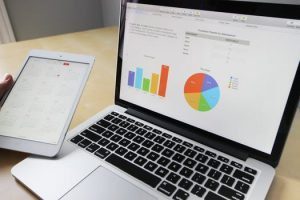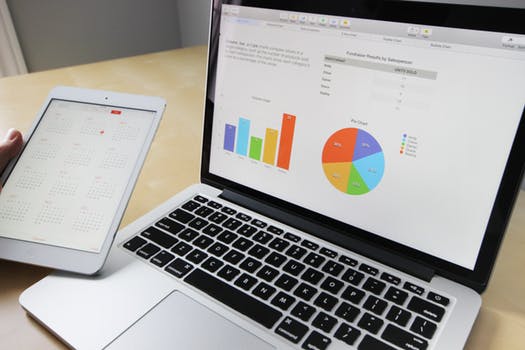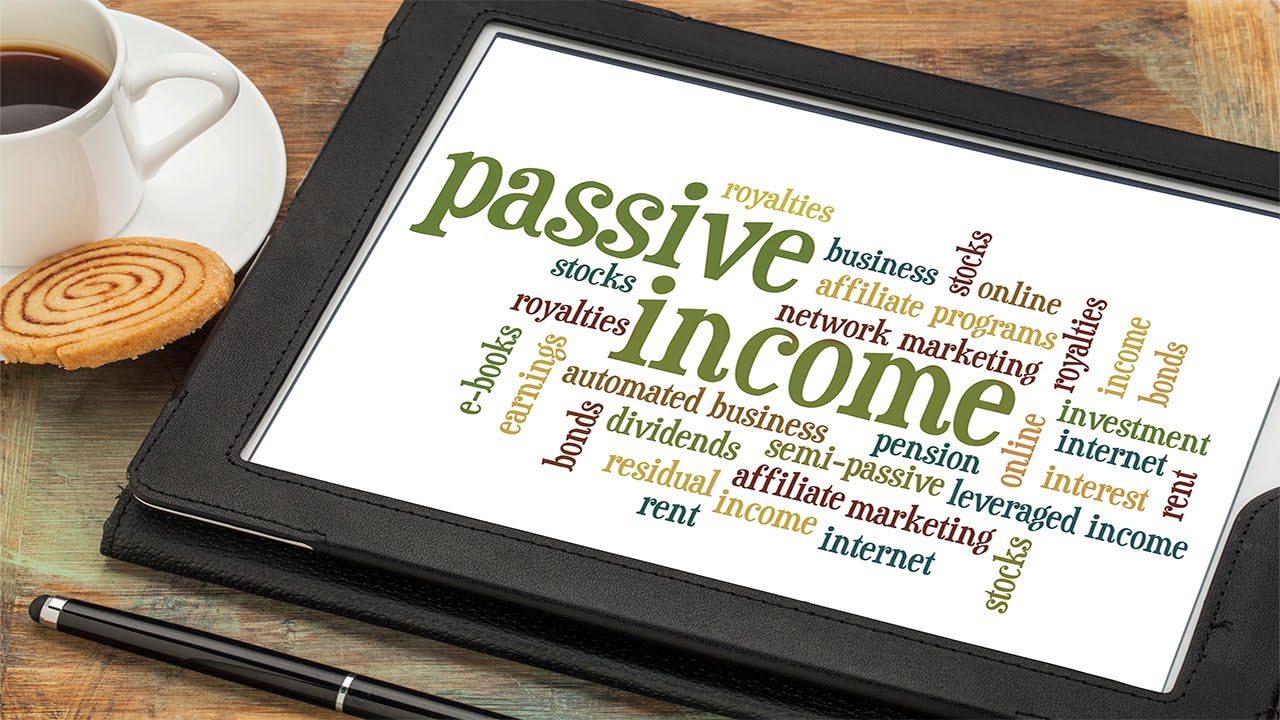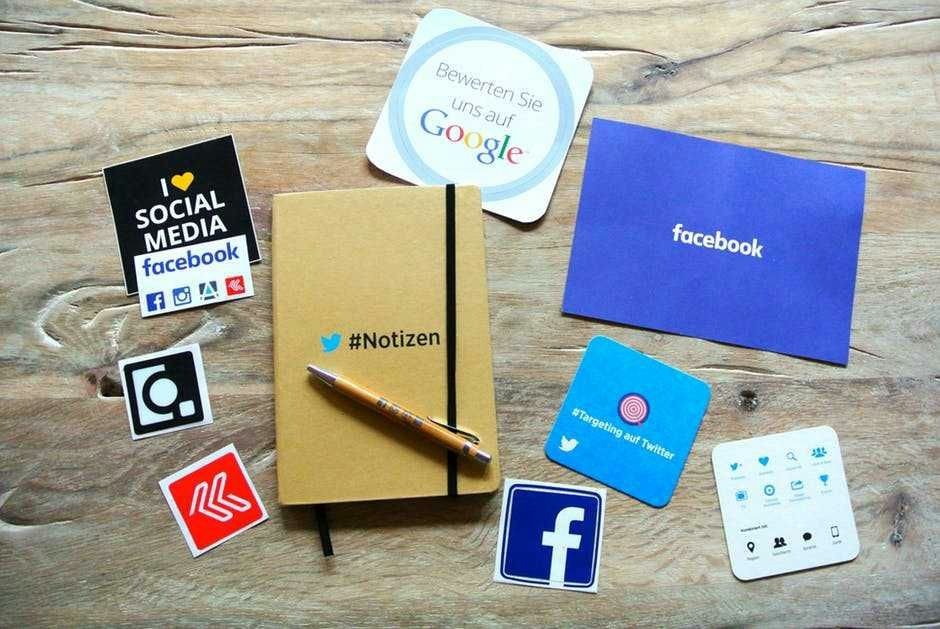Society is digitizing rapidly, and that has a significant impact on consumer behavior. Not only in business, but also in healthcare. People click, like, post and react with their PC, laptop or smartphone that it is a sweet delight. It is more than ever before a smart marketing strategy for finding, enticing, conquering and connecting customers. The FECC model offers a convenient framework for this, in this article I explain how you can use it.

The digital care consumer: the big challenge for healthcare
The digital care consumer is on the rise, and that is a new challenge for hospitals and healthcare institutions. The healthcare consumer gathers his symptoms and possible diagnoses and attends the conversation with the care provider more often and better informed. For example, 1 in 20 Google searches are health-related and billions of times a health app is downloaded annually from the many app stores [1]. Not only through the well-known app stores of Apple and Android, but also via the app store of the Dutch GGDs or the Dutch Digital Health Center.
Personal care tailored to your needs
New technologies can also make the care and support better, cheaper and more customer-oriented. We read daily about new initiatives in the field of digital care, e-health and personalized healthcare. Thanks to the combination of all that data, smart big data algorithms and the Internet, behavior, and illnesses are increasingly predictable. Care and prevention can, therefore, be tailor-made and, before the customer needs it, offered. Then you suddenly get a message while exercising: “Stop running, you have a great chance of an infarction, contact your doctor.” This is also called quantified self. Where man increasingly integrates technology into his life, with the aim of collecting health information about himself and learning from it.
Integrated marketing

In all these developments, we see that the boundary between analog and digital and online and offline is fading. People do not think in channels, media and touchpoints, they want to be helped quickly, efficiently and well. We are in a transition phase with omnichannel shopping, hybrid care, digital education and integrated marketing. Terms that make clear that the different worlds are increasingly merged. It will not be long before we are only talking about shopping, healthcare, education, and marketing.
FECC model: finding, enticing, conquering, connecting
For the development of a marketing strategy, the FECC model can be a useful tool (see the figure below). With the FECC model, you can make a practical translation of ambitions and marketing goals to target groups, sub goals and the online and offline marketing activities required for this.
Care organization Pluryn, active in youth care, care for the disabled and GGZ, uses the FECC model as a frame of reference in the formulation of its marketing strategy. Later in this article, you will read more about their approach. The FECC model consists of four phases: finding, enticing, conquering and connecting.
Find
Finding is about being visible and findable for potential customers. Unknown is unloved. In this phase, the realization of the desired brand awareness and brand image are central. It is the phase in which customers discover your organization, brand, and service and become acquainted with it. It is important to be explicitly present with the right information in the first awareness and orientation phase of the customer. So that you are and remain a serious option for the customer in the next phases of his purchasing process.
Entice
If the customer has found and knew your organization, brand or offer, the next step is to entice the customer to further orient themselves. In this phase, it is about informing and inspiring the customer. The focus is on the emotional needs of the customer and the brand values and brand experience that you want to convey. The goal is to inform people and make them enthusiastic so that they seriously consider your solution and vision as ‘best choice’ and include it in their comparisons.
To conquer
The customer knows your organization and supply and is supported in his question. It is important in this phase to motivate the customer to take the desired action, so do it! Think of contacting, referring, requesting, registering and entering into a conversation. In other words: realizing the desired conversion. In this phase you constantly monitor and test how you can lower the conversion threshold by, for example, a professional and friendly customer agency, a responsive website with a smart online dialogue, better information, extra quality guarantees or offering additional benefits for the customer (unique buying reasons).
To connect
After the client is recruited, the customer’s goal remains central to the care and support phase (‘use phase’). By keeping the dreams, wishes, and needs of the customer in mind. Customers want to participate in society, become better, more quality of life, and so on. With proper care and service, tailor-made projects and real attention in all phases of the customer journey. After all, (very) satisfied customers become (brand) ambassadors of the organization. This phase focuses on customer loyalty and encouraging ambassadorship.
FECC strategy schedule
The FECC model will be completed per phase using the FECC strategy schedule. It concerns the goal you want to achieve in that phase, the central message/proposition in that phase, the choice of online and offline channels and media, the degree of personalization, the critical performance indicators (KPIs) that you use in that phase and the available budget you use. An example of a FECC strategy schedule is shown below. You can adjust this schedule to your discretion.
Measuring is knowing
Making good choices is only possible by good data. Measuring is knowing. That will not always be possible in the beginning. Certainly not in the care where (online) marketing is often pioneering. Determine the most critical KPIs for each phase and coordinate data collection, analysis, and reporting. Although that is often a difficult issue in practice, because what are you going to measure why and how? Determining the required online budget and its subdivision into target groups, phases, channels, media, and actions is a difficult issue and customization.
You can choose to distribute the available or required budget in the beginning of the four phases of the FECC model. To move from there by experiences and data with priorities and budget. In fact, in this approach, you start from the existing situation to optimize the use of channels, media, actions and budgets step by step and with the aid of the collected data. Developments are fast, especially in the online field. So ensure sufficient flexibility and ‘leeway’ to quickly respond to new developments and try out new things. Online marketing is mainly learning by doing. Here you can download the FECC strategy schedule to fill it out yourself.
More personalization
In recent years, Pluryn has laid the online foundation, thus creating the FECC model. The model is easy to use and a good communication tool for internal coordination. It is now time to take the next step. Pluryn wants to focus more on interaction on social media, structurally work with A / B testing and further personalize the website and e-mail marketing by responding to interests and behavior. More data-driven marketing with the help of online CRM. Where working with target groups is gradually being replaced by a personal one-to-one approach.
For example, the website and e-mail newsletters are increasingly personalized by the read, view and click behavior of the website visitor and newsletter recipient. Since Pluryn is very focused, referrals with his newsletter inform about the open places that are there; they see an apparent increase in referrals and applications. The same happens with social media. On Facebook, they place very specific messages for clients and on LinkedIn for professionals. The more focused that happens, the more action and interaction.
Customer persona’s and customer journeys
Using the FECC model, you can better tailor the marketing activities to the different target groups/customer persona’s, the different phases of the customer journey and the various marketing goals that you have. Remember that customer journeys are more cyclical than linear and that the different phases in a customer journey (and of the FECC model) overlap in more or lesser sizes.
The basic question here is how you can best support the (potential) customer in fulfilling his needs with the help of marketing campaigns in the field of finding, enticing, conquering and connecting.
Customer tour leader
In short, customer-oriented marketing is about finding, enticing, conquering and connecting customers. In whatever sector you work. With the marketer in the role of customer travel leader. Alternatively, as marketing legend Philip Kotler writes in his latest book, Marketing 4.0 (aff.): “Traditional marketing no longer suffices. In the digital economy, the role of marketers is to guide customers from awareness to the ultimate advocacy during their journey. ”
Are you ready for the digital care consumer?
The digital care consumer can no longer be ignored and is in charge even more firmly. People expect health care organizations to go along with it and where possible digitally work. In the coming years, we will move further towards an ‘interaction society’ in which care organizations, patients, clients, health insurers, municipalities and other parties involved work tightly together. With 7 × 24-hour access to information, advice, care, products and services, companies and institutions. Through the channel and device that we prefer, at any time. The question remains: are you ready for the digital care consumer?
What is your experience with online marketing in healthcare? What do you think are the most crucial success factors or pitfalls?









